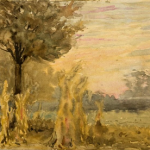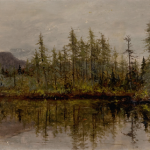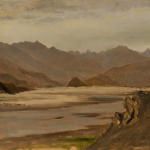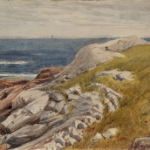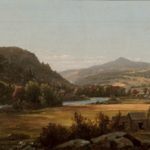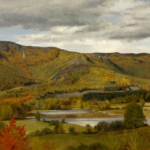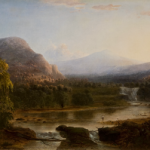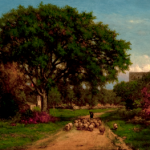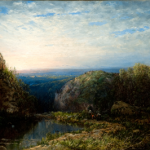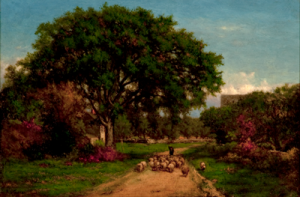American landscape painting came of age with the Hudson River School (1825–80) in the mid-nineteenth century. Led by Thomas Cole (1801–48) and Asher B. Durand (1796–1886), with followers such as Frederic Edwin Church (1826–1900) and Albert Bierstadt (1830–1902), these artists created a romantic, idealized, and inspiring style in which the American landscape appeared in epic proportion and biblical air. Meanwhile, in Europe, romanticism was giving way to a new, realistic approach to landscape. It was initiated by John Constable (1776–1837) in England and typified by painters of the French Barbizon School (1830–70) such as Jean-Baptiste-Camille Corot (1796–1875) and Jean-François Millet (1814–75). For these artists, landscape was less about the Garden of Eden than the literal beauty of nature.
The romantic idea of landscape survived longer in the United States, but some artists took the direction of their European counterparts, producing landscapes that were more intimate than epic, more natural than dramatic. These realist landscape painters created views of pristine rivers, forests, and rural life that were beautifully composed and rendered, though less utopian. The selections in this gallery include American landscapes from the Morse collection that reflect this emerging realism. Otto Heinigke (1850–1915), the son of a respected German miniaturist, became a mural painter and later a successful maker of leaded-glass windows. His small, watercolor landscapes make up in charm what they may lack in scale and drama. The oil paintings here—by artists including George Inness (1825–94) and William Louis Sonntag (1822–1900)—might have a whiff of romanticism, but by and large, they show us an America we can recognize from our own lives.



